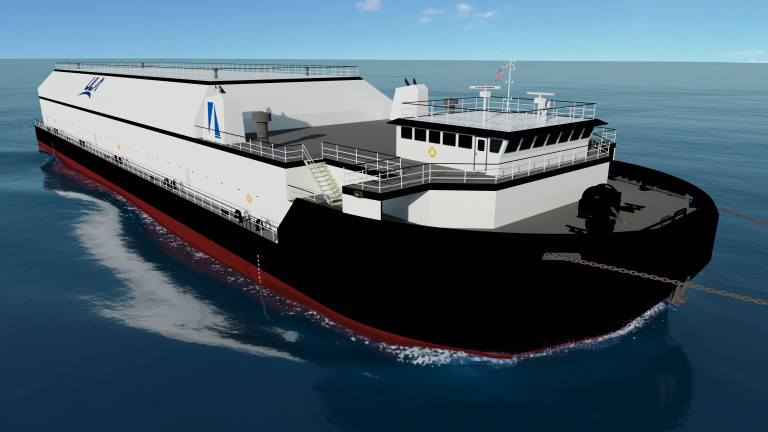USCG Fleet Assessment
Government
In 2011, Bristol Harbor Group, Inc. (BHGI) was tasked by the USACE to evaluate a U.S. Coast Guard (USCG) Inland Fleet. In order to accomplish the evaluation, BHGI had to develop a concept validation design for a horizontal drum winch-coiler, and perform data logging of propulsion engines and generator outputs on two USCG vessels. In order to complete those tasks, some background work by the USCG and the USACE was conducted. The USCG wanted to replace its inland fleet of buoy tender and construction vessels, towboats, and barges. In order to move forward with the fleet replacement, the USCG first conducted an evaluation of several fleet vessel alternatives. The MDC from there provided alternative designs (for evaluation by USCG), along with cost estimates and other technical evaluation data. Following MDC prep work, USCG selected a standardized group of fleet vessels for buoy tending, and construction.
After MDC and USCG provided BHGI with their information, we developed a concept validation design for a horizontal drum winch-coiler. The winch-coiler was intended to replace the vertical capstan buoy and anchor retrieval system now used in US Coast Guard, and USACE Inland River buoy tender operations. The winch-coiler has improved the safety and efficiency of buoy tender operations by eliminating the need to tail the wire rope line off the capstan, and by spooling the wire rope into a (removable) coil without hand wrangling wire rope. BHGI was also contracted to perform data logging of propulsion engines and generator outputs on two USCG vessels. In order to complete the propulsion power load study BHGI contracted with Binsfield Engineering, Inc. (BEI) to conduct torque measurement of the main engines. BHGI provided a laptop computer for data acquisition purposes, and produced a time-dependent plot of the main engine power developed. This was averaging 5 minute intervals over the course of seven days of data collection. In order for BHGI to complete the Generator Power Load Study, BHGI rented two Fluke 1735 three-phase power loggers to conduct electrical power measurement of the main generators. BHGI used a similar process from Vessel 1, propulsion power load study, for Vessel 2, but at a separate location and time from the first study. BHGI also used a similar process for the Generator Power Load Study on Vessel 2, but at a separate time and location than that of Vessel 1. The propulsion HP was directly measured on both shafts, using shaft strain gage systems. The Generator Output was logged using k W measurement system. The duration of the data logging was 1-2 weeks.







